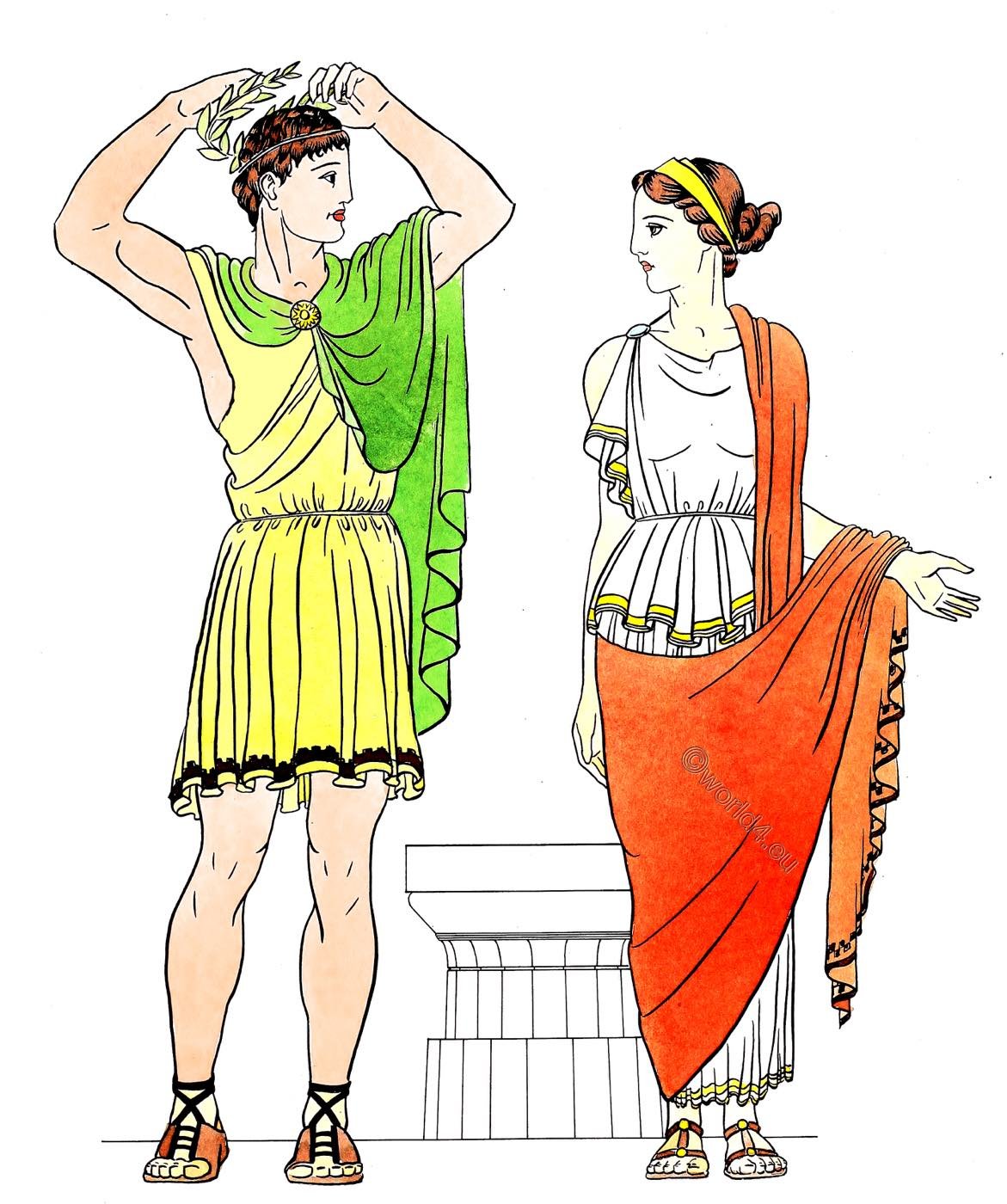A Journey into the Wardrobe of Greek Women
As we delve into the rich tapestry of ancient Greek culture, the fashion choices of its women stand out as a testament to the era’s aesthetics and societal norms. The clothing worn by ancient Greek women was not merely a matter of personal preference but a reflection of their societal status, cultural values, and even religious beliefs. This exploration aims to uncover the nuances of ancient Greek women’s clothing, providing a glimpse into the lives of women in antiquity.
The Peplos: A Symbol of Womanhood
The peplos, a garment draped over the body and fastened at the shoulders, was a staple in the wardrobe of Greek women. Its simplicity belied the complex social messages it conveyed. As described by renowned historian Mary Lefkowitz, “The peplos was more than a garment; it was a symbol of a woman’s place in society.” This statement underscores the importance of the peplos as a cultural artifact. The garment’s design and the manner in which it was worn could denote a woman’s marital status, social standing, and even her participation in religious ceremonies.

The Doric Chiton: A Tale of Two Modes
The Doric chiton, a garment with origins in the Doric region of ancient Greece, was worn in two distinct styles: the Doric and the Ionic. The Doric chiton was simpler, with less fabric, while the Ionic was more elaborate, featuring additional folds and drapery. This distinction is highlighted by the archaeological findings that suggest the chiton was a versatile garment, adaptable to the wearer’s needs and the occasion. The Doric chiton’s adaptability is a testament to the ingenuity of ancient Greek fashion.

The Himation: A Veil of Elegance
The himation, a rectangular piece of cloth that served as a cloak or shawl, was draped over the peplos or chiton, adding an extra layer of warmth and elegance. Its use was not confined to practicality; it was also a fashion statement. As noted by fashion historian Amanda Wrigley, “The himation was a versatile garment that could be worn in a variety of ways, reflecting the wearer’s personal style and social status.” This garment’s versatility allowed women to express their individuality within the constraints of the traditional dress code.

Accessories: The Final Touch
Accessories played a crucial role in ancient Greek women’s attire, often serving as indicators of wealth and social standing. Jewelry, such as necklaces, bracelets, and rings, was crafted from materials like gold, silver, and precious stones, reflecting the wearer’s affluence. Hairstyles, too, were an essential aspect of a woman’s appearance, with intricate braids and adornments denoting a woman’s marital status and social rank. The attention to detail in these accessories is a testament to the importance placed on personal presentation in ancient Greek society.

Conclusion
The wardrobe of ancient Greek women was a complex interplay of fashion, function, and social commentary. Each garment, from the peplos to the himation, carried with it a wealth of meaning that extended beyond its practical use. As we journey through the wardrobe of Greek women, we gain a deeper understanding of the cultural and societal values that shaped their lives. This exploration is not just a study of clothing but a window into the hearts and minds of a civilization that has left an indelible mark on history.






